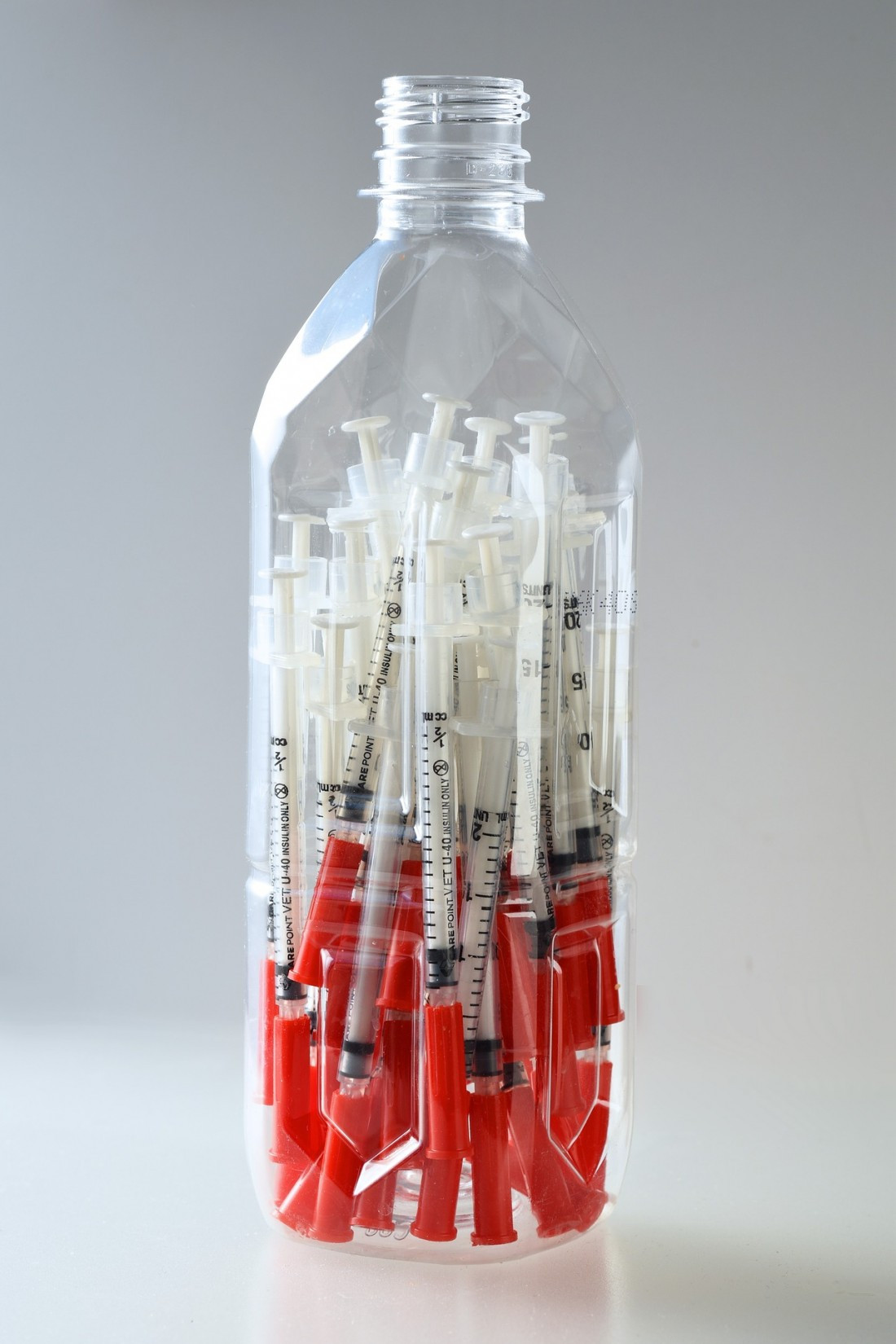The professionals don’t know what’s best
Revisiting lessons of harm reduction
At first glance, harm reduction might seem to be a combination of two simple words – ones that appear to be easily understood and put into action. How hard can reducing harm be? A person could assess options available to them and choose the one that harms less, the one that seems best.
But the root of harm reduction actually lies in undoing the notion of determining what is best for another person.
Last week, I wrote about legalization, sobriety and the need to normalize substance use and support those who want to change their substance use patterns. Those considerations all came from my last career.
Before I became managing editor at The Uniter, I worked in community health, providing harm reduction education and safer sex and drug use supplies at Nine Circles Community Health Centre. I knew a few things when I started there, and learned a lot more through that work.
I learned that concepts like risk are not universal or stable – they depend on a person’s context and experience. I had to become aware of my own biases around risk and safety, then put them aside to non-judgmentally meet the people I was working with.
It wasn’t my place to make moral decisions about behaviours of the clients I met. My job was to support them and provide resources so that they could make the changes they wanted to make in their lives. I worked to undo the power dynamic of being the service provider who knows what’s best.
After I started that job, I realized that I needed to get sober – that no level of drinking was going to be safe for me. I'd label that as the best decision for myself, in my life, at that specific time.
But abstaining from substance use was not a goal I could set for other people, including friends, family or clients I was working with. What I could do was meet them where they were at, create a safe space for them to consider the issues in their own lives, and support them in making the changes they prioritized.
That didn’t mean I had to agree with them or their decisions. But practising harm reduction every day was a crash course in letting go of my own ideas of what was best for other people.
It meant considering the whole wide range of visible and invisible adversities that people come up against – including systemic oppression, trauma, addiction, poverty, chronic illness and more – and seeing how, many times, living in an unjust situation means people don't have access to the choices an outsider might think they do.
And even if I saw a potential choice that I labelled as “good” for someone else, sometimes the cost of that choice, the risk they saw in taking it, might be too high for them. That’s not for me to measure.
Ultimately, my opinions, my vision of ideal priorities, my concept of a plan for another person really didn’t matter, and it definitely didn't help. More than anything, if I had an idea of what was “best” for someone, that was a barrier to my being able to meet them where they actually were.
Outside of health education, the lessons of harm reduction have many practical applications. It’s amazing how family dynamics and friendships can shift when the pressure to try to change another person's habits or behaviours – no matter how subtle that pressure may be – falls away.
This doesn’t mean not stepping in when someone’s habits or behaviours are hurting themselves or others, but it does mean working respectfully together toward change from a place of understanding rather than from shame.
Many people struggle to maintain day-to-day survival within systems that dehumanize them, including colonialism, white supremacy, capitalism, patriarchy, ableism and heteronormativity. Sometimes the decisions available, or that a person is capable of making, aren't what we – or they – would consider to be best. But maybe if we let go of our ideas of what's best, we could all do better in supporting each other and working for positive change.
Anastasia Chipelski is the managing editor of The Uniter, though she may always have a small health educator streak.
Published in Volume 73, Number 9 of The Uniter (November 8, 2018)







